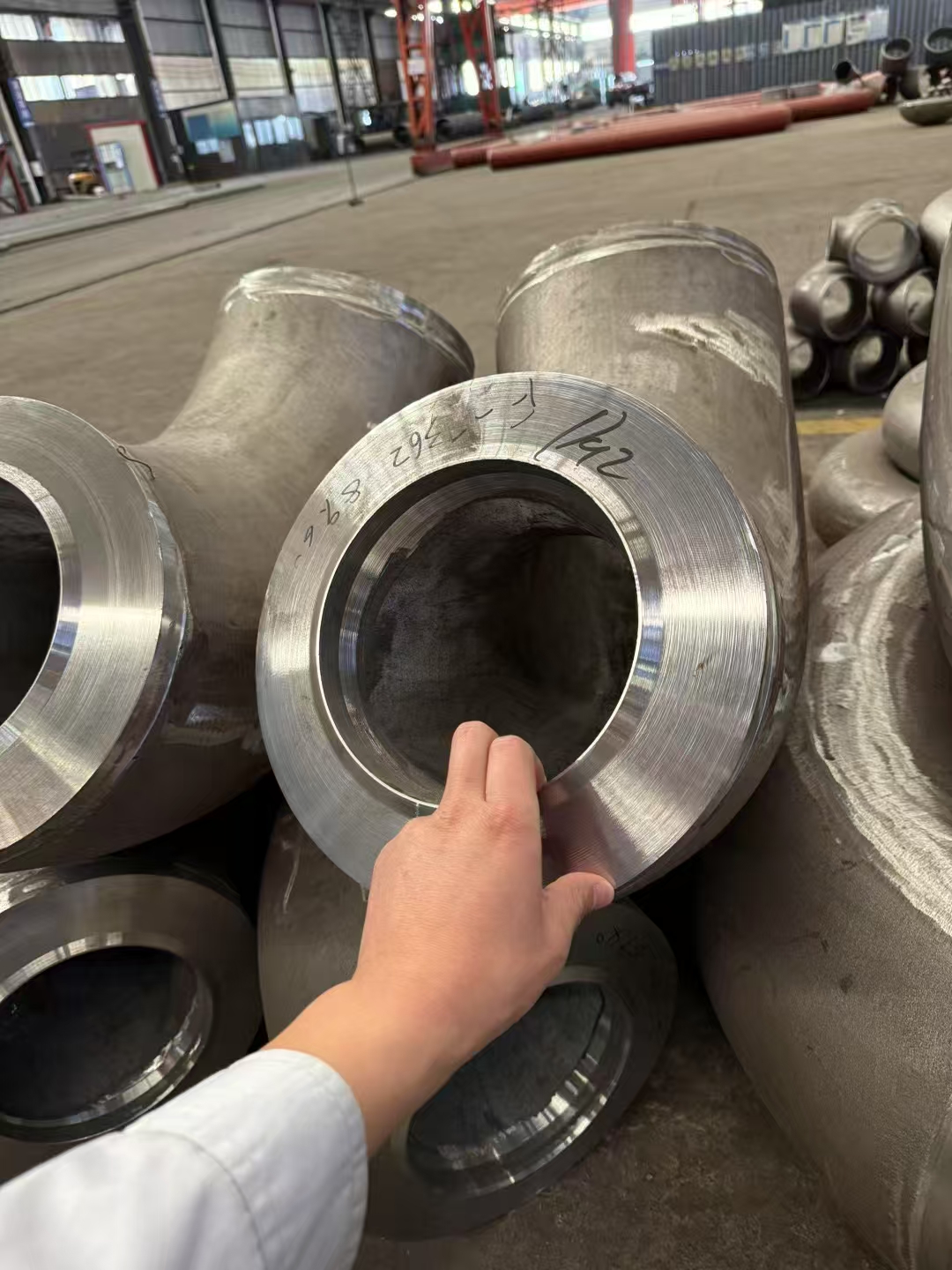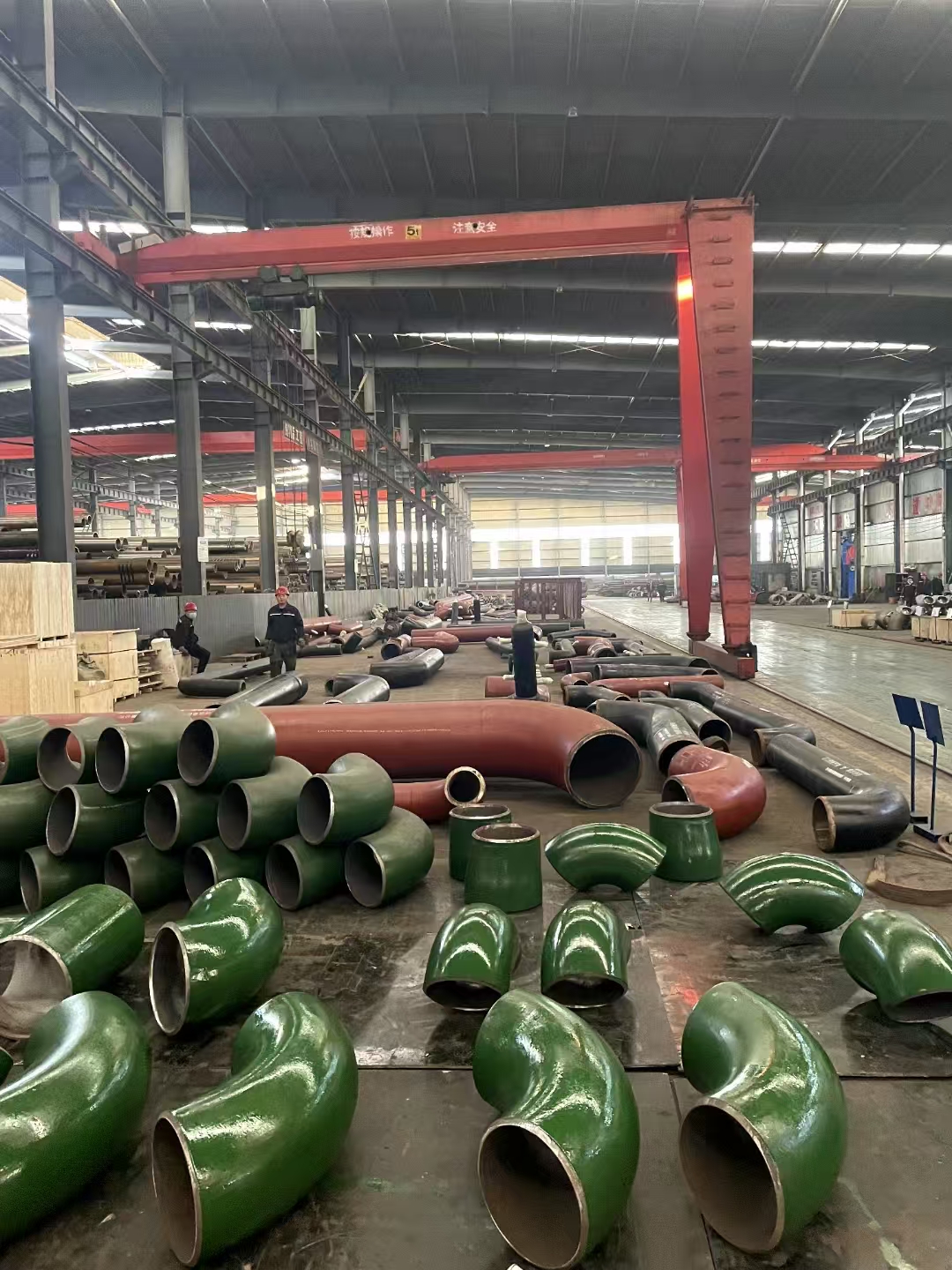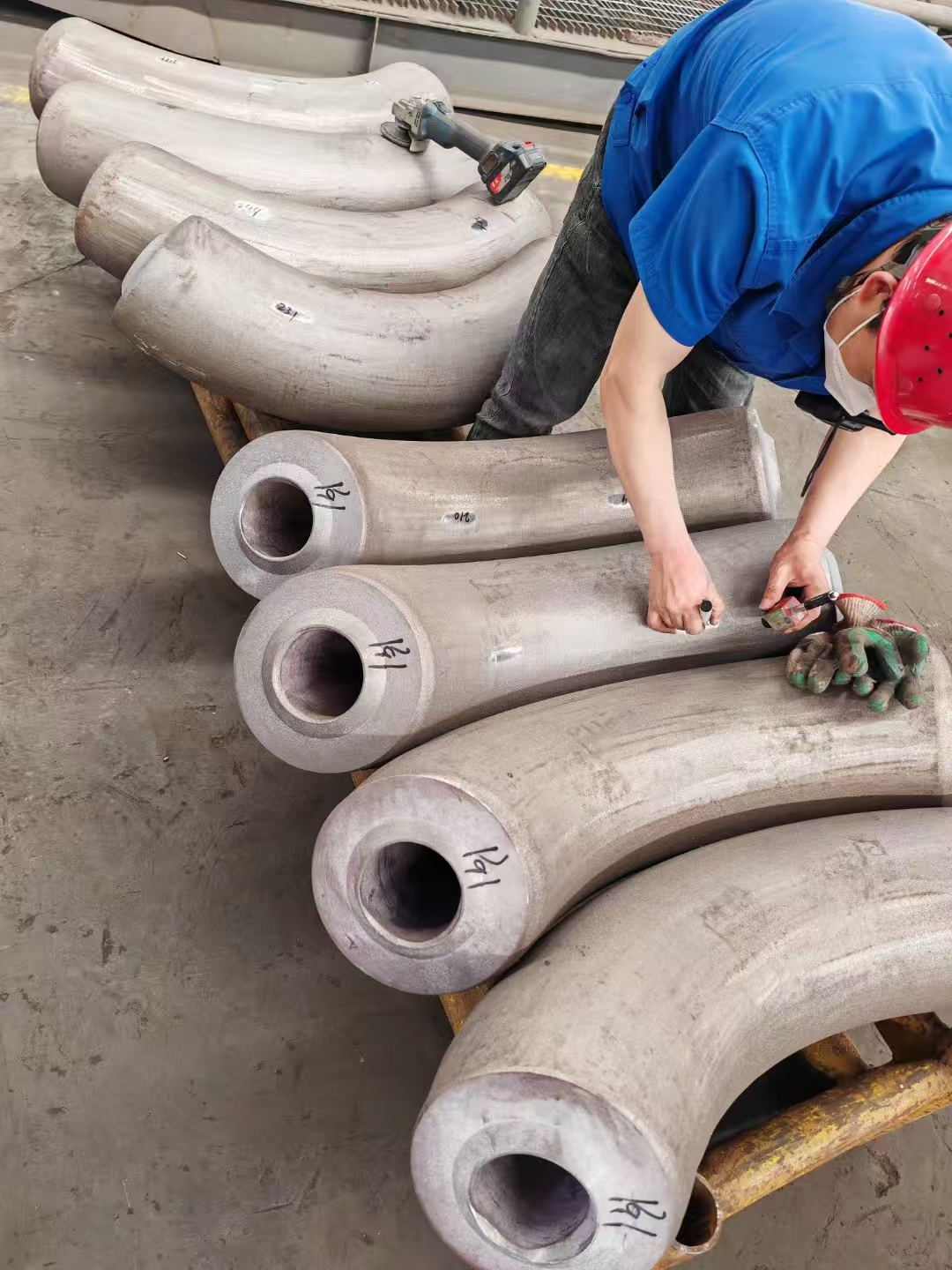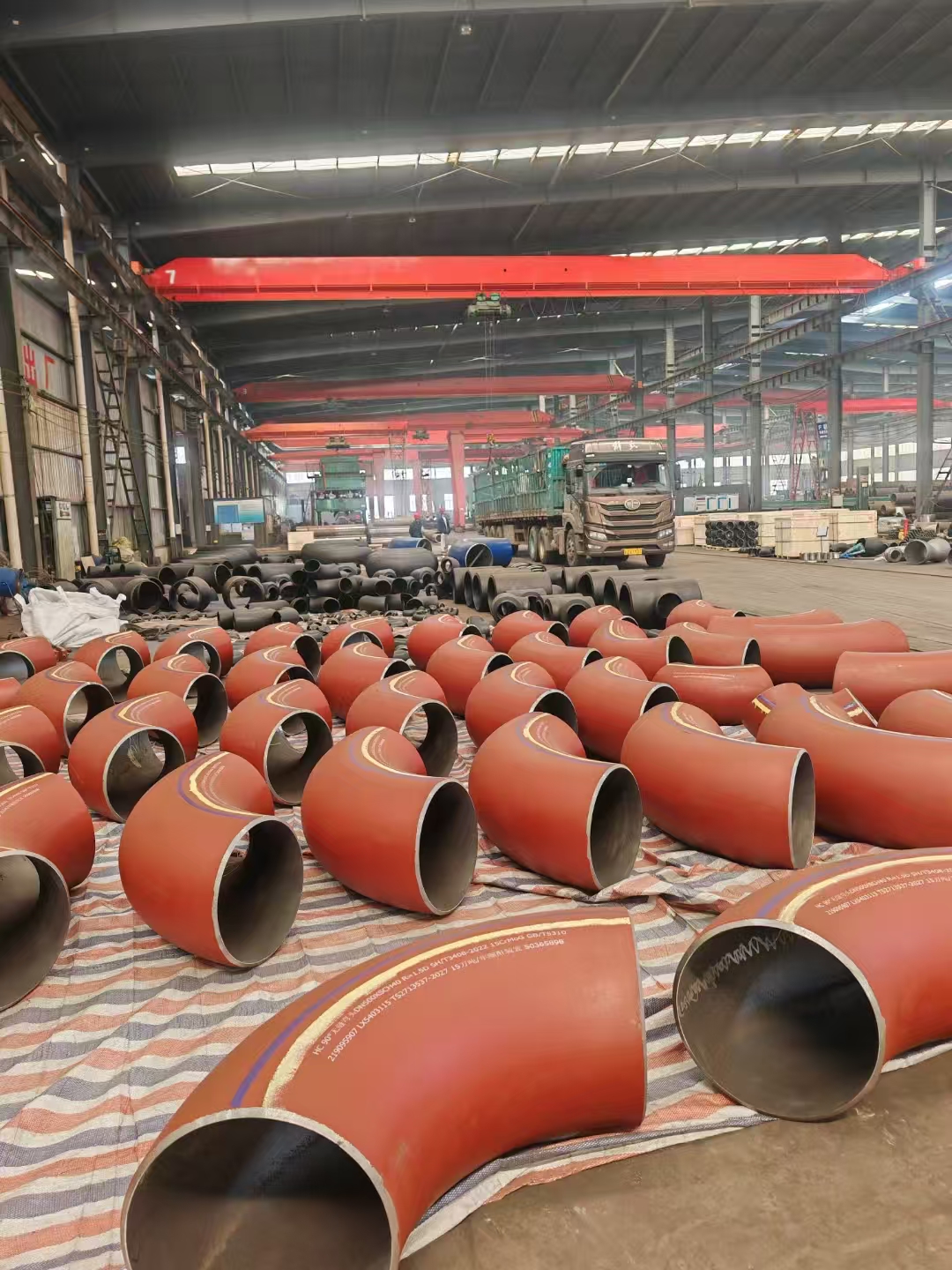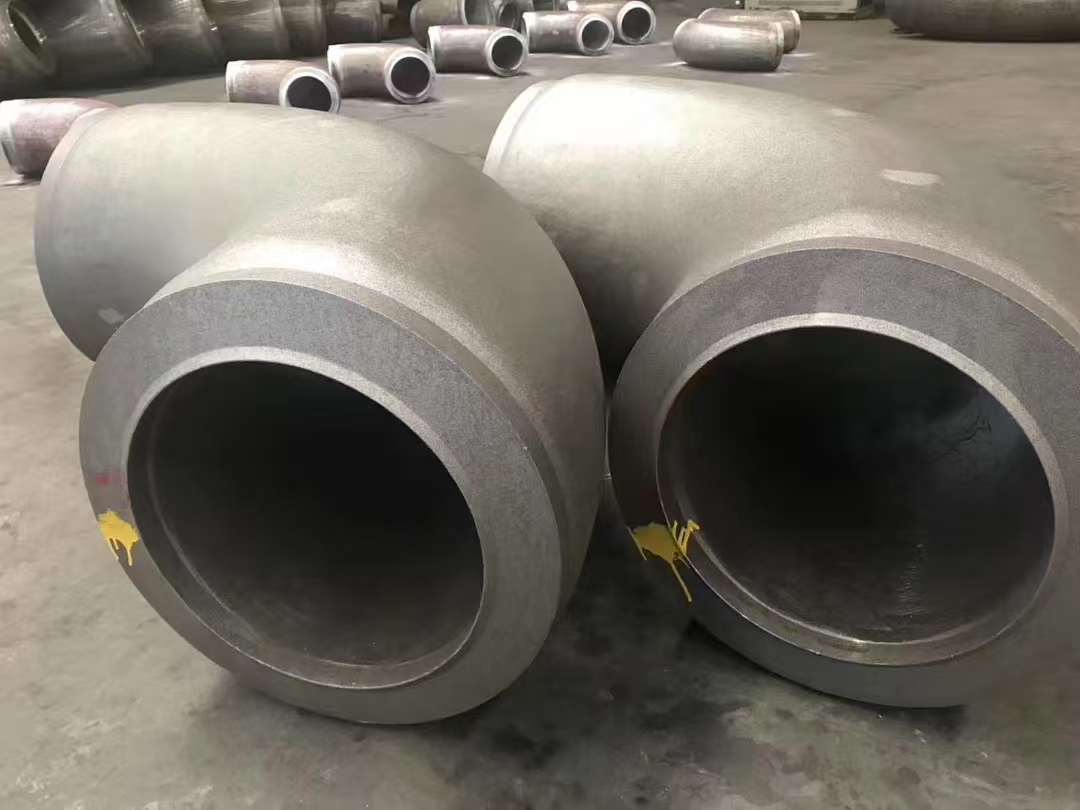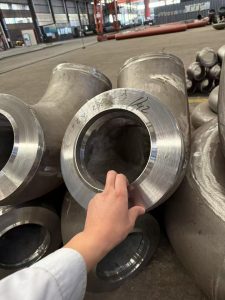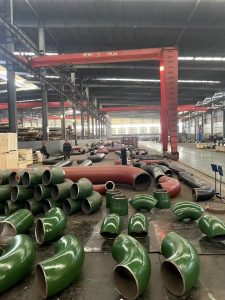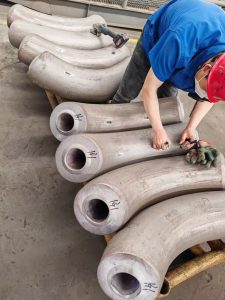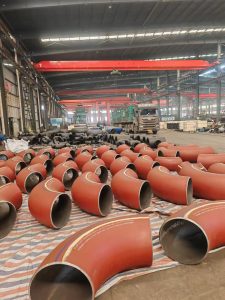SB450M (N) steel plate is a pressure vessel steel plate that meets the material specifications of the Japanese JIS standard. It has a certain degree of mechanical strength and toughness, and is suitable for manufacturing materials for equipment such as low-temperature vessels and pressure vessels.
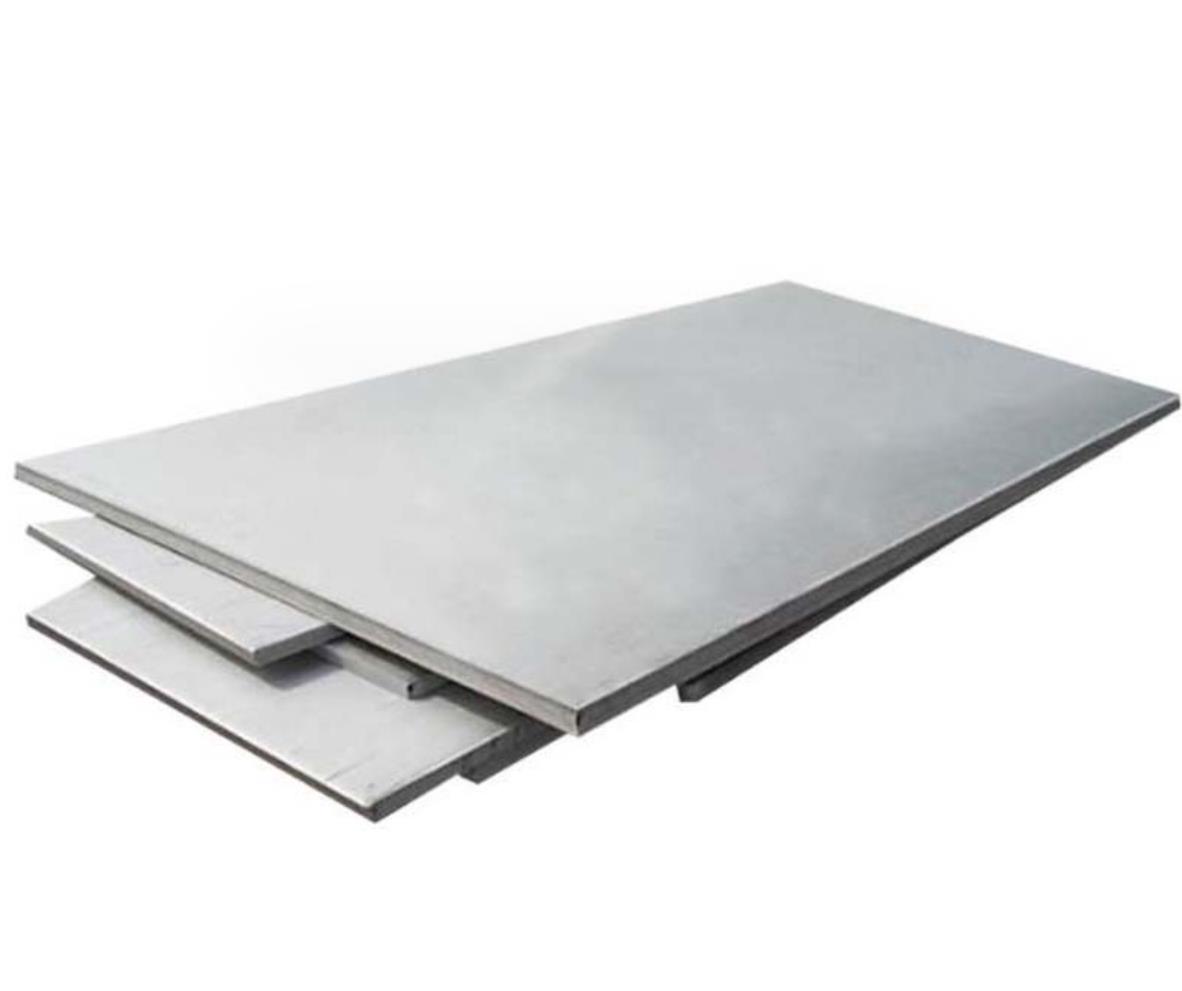
Specifically, the technical requirements for SB450M (N) steel plate are as follows:
1. Chemical composition requirements:
-Carbon content (C): below 0.20%
-Silicon content (Si): below 0.55%
-Manganese content (Mn): 1.40-1.60%
-Phosphorus content (P): below 0.030%
-Sulfur content (S): below 0.030%
-Copper content (Cu): below 0.35%
-Nickel content (Ni): below 0.25%
-Chromium content (Cr): below 0.25%
-Molybdenum content (Mo): below 0.08%
-Vanadium content (V): below 0.02%
-Aluminum content (Al): below 0.02%
-Sum of Cu+Ni+Cr: below 0.50%
-Sum of Cu+Ni+Cr+Mo: below 0.80%
2. Mechanical performance requirements:
-Tensile strength: below 450MPa
-Yield strength: 215-335MPa
-Elongation: above 21%
-Neck shrinkage rate: above 55%
SB450M (N) steel plate is usually produced using hot rolling or controlled rolling processes, and the supply status is generally hot rolling, controlled rolling, or normalized. During use, appropriate processing and heat treatment are required according to specific pressure vessel requirements to ensure material performance and safety.
Please note that the selection and use of steel plates need to be judged based on specific engineering requirements and standard specifications. It is recommended to consult professionals or relevant technical guidelines in practical applications to ensure the selection of suitable materials and the correct use method.
Welding process of SB450M (N) steel plate:
The welding process of SB450M (N) steel plate can be selected based on specific requirements and applications, but the following common welding processes can generally be used:
1. Arc welding (including manual arc welding and submerged arc welding): Arc welding is a commonly used welding method suitable for the connection and repair of SB450M (N) steel plates. You can choose between manual arc welding or submerged arc welding, and choose the appropriate arc welding process according to the specific situation.
2. Gas shielded welding (such as argon arc welding): Argon arc welding is a commonly used gas shielded welding method suitable for welding SB450M (N) steel plates. Argon can provide good gas protection, reduce the impact of impurities such as oxygen and nitrogen on the weld seam, and improve welding quality.
3. Touch welding: Touch welding is a welding method suitable for container wall panel welds. It consumes heat quickly by simultaneously welding on both sides of the weld, thereby reducing the time required for thermal deformation.
When selecting appropriate welding processes and equipment, the following factors need to be considered:
-Requirements for welding objects: According to the material requirements and application requirements of SB450M (N) steel plate, select suitable welding processes to ensure the strength and quality of the welded joints.
-Selection of welding materials: Select welding wire materials suitable for welding SB450M (N) steel plates to ensure compatibility with the substrate and provide good welding performance.
-Welding process control: Control welding parameters such as current, voltage, speed, and temperature to achieve satisfactory weld performance and appearance quality.
-Preparation before welding: Before welding, it is necessary to clean and pre-treat the surrounding area of the welded joint, such as rust removal, polishing, etc., to ensure the quality of the welded joint.
Please note that the specific welding process and operation specifications need to be determined based on the actual situation and specific requirements. For welding of large or special structures, it is recommended to consult professional welding engineers or refer to relevant welding standards and technical data.
Do the welds of SB450M (N) steel plate require heat treatment after welding?
According to the material specification of SB450M (N) steel plate, the weld seam after welding SB450M (N) steel plate usually requires heat treatment to eliminate the stress generated by welding and improve the mechanical properties of the weld seam.
In general, in order to ensure consistency between the performance of the weld and the base metal, it is recommended to perform post heat treatment on the welded SB450M (N) steel plate. The specific heat treatment method and parameters need to be determined based on comprehensive considerations such as welding materials, welding methods, design requirements of welding joints, and application environment. Relevant welding specifications and technical requirements can be referred to.
Common post weld heat treatment methods include normalizing and tempering. Normalizing is the process of heating a welded joint to a certain temperature and then cooling it at an appropriate temperature to improve the hardness and toughness of the weld. Tempering is the process of heating the welded joint to a lower temperature after normalizing, and then cooling it to adjust the microstructure and properties of the weld.
It should be noted that selecting the appropriate post weld heat treatment process requires a comprehensive evaluation based on the specific requirements and application environment of the welded joint. Before welding and heat treatment, it is strongly recommended to consult professional welding engineers or refer to relevant welding specifications and technical data to ensure the quality and performance of welded joints.

